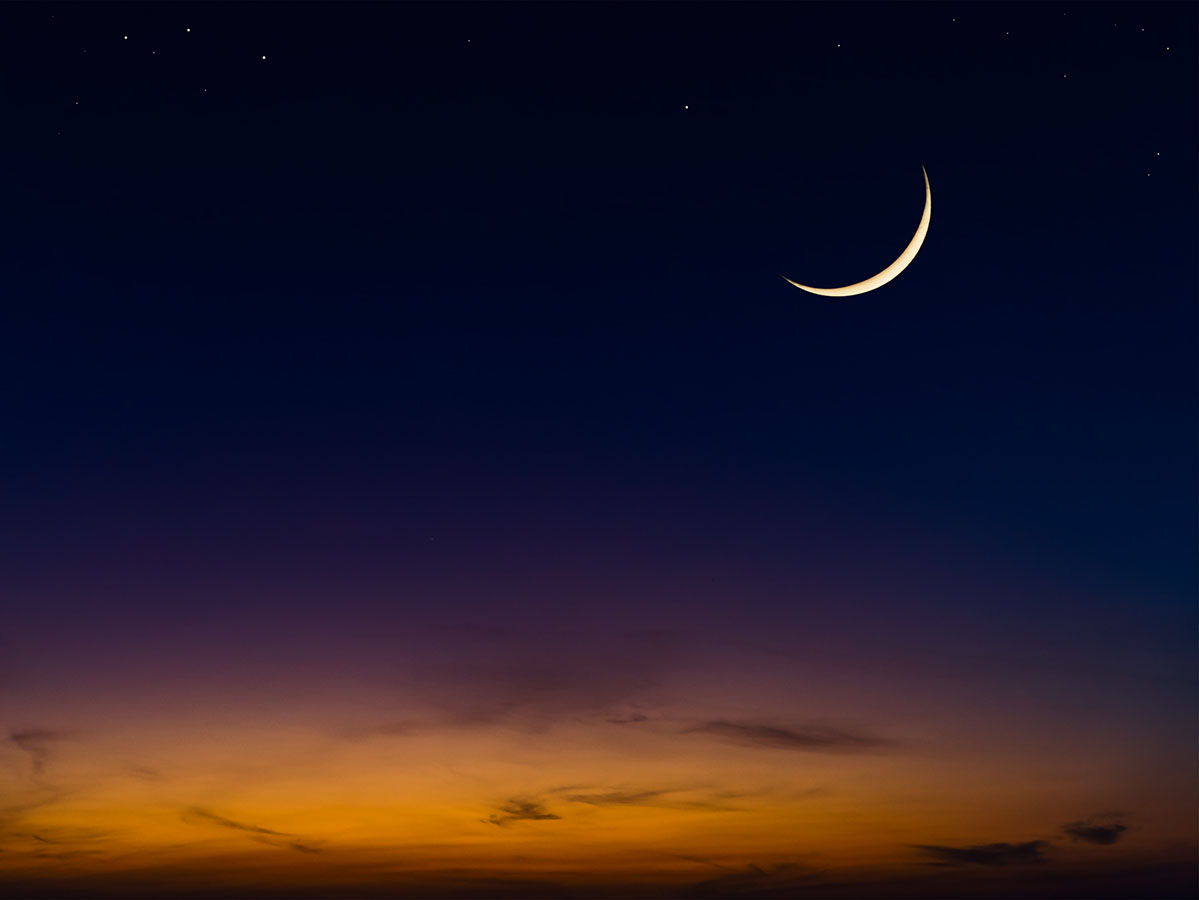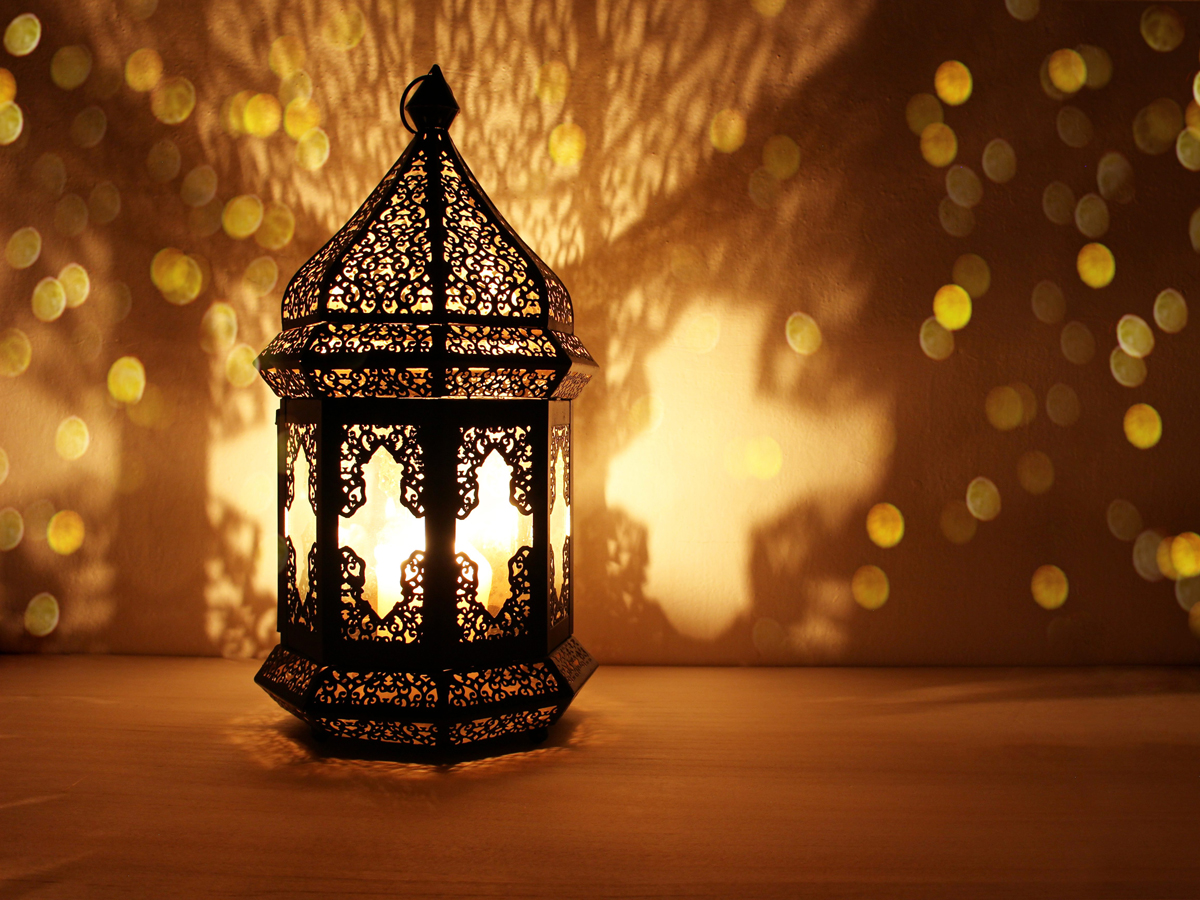Time Out Riyadh has officially launched. And we couldn’t put out our first-ever dedicated magazine issues without doing something a bit special.
In more than 300 cities around the world, Time Out aims to highlight the very best things to do, and uplift local talent along the way. And starting with the first-ever issue of Time Out Riyadh, we’re showcasing Saudi talent and brands throughout, including on the cover. Through a remarkable, truly eclectic series.
In collaboration with our launch partner, Visit Saudi, we worked with local artists to create concepts that they felt reflected the thriving Saudi capital, a place that more than seven million people call home, and a place that ever-more individuals and businesses are choosing to relocate to at a pivotal time in the story of Saudi Arabia.
We’re delighted to be a part of that story, and to help tell it to the world. Here, our artists tell their story.
Abdullah Al Jahdhami (Shaweesh)
Riyadh-based creative director at Gharem Studio

“I was born and grew up in Riyadh, and it is the city that has influenced my work the most. The people of the city have become the cultural resource in my work and research. I believe an artist can carry his habitat and turn his observations into a universal discourse, making it accessible and relatable to almost everyone.
Recently a lot of artists moved from cities like Jeddah and Dammam to Riyadh, which is where all the governmental institutions such as the Ministry of Culture and The General Entertainment Authority are located. The artistic movement has grown and we have many emerging artists who are finding connections and job opportunities in the city, which is allowing the artistic community to thrive and spread awareness more effectively.
When it came to designing the Time Out Riyadh cover, I was always obsessed with the way graphic design developed in the region. I used books and magazines I collected and archived as inspiration, and then scanned some materials to create the design.

I don’t focus on style in my work, instead, I put most of my effort into the research and the statement I make as an artist. More generally in my work, I use critical materials which I collected over the years. These include memorabilia, historical items, discarded objects, and images that were sold on eBay and various websites.
In 2018, my artwork The Last Jedi appeared on national news and went viral. The Ministry of Education published my artwork by mistake in the social studies and nationalism book taught in Saudi Arabian high schools. The original picture was taken at a 1945 United Nations meeting in California, but it is digitally altered to show Yoda seated next to the late King Faisal.
I have had exhibitions across the world, from the UK to the US. I currently create my artwork in Gharem Studio, which was founded by the artist Abdulnasser Gharem. While I don’t have any upcoming shows, I am excited that we are reopening Gharem Studio this month.”
To discover more, visit shaweeshbey.com.
Huda Beydoun
Jeddah-based photographer and creative director

“When art was still niche in Saudi Arabia, I started exploring the scene. When I started out, getting exposure wasn’t as easy. Now, due to the changes that are happening in the country, the art and culture scene is booming – I am happy and proud about the developments.
When I started my career in 2010, I was a visual artist – I did photography, painted and worked with mixed media. Over that time, I’ve been experimenting with different styles and mediums. During that journey, I’ve developed my style and it focuses on using bright colours, eyes and dots.

In 2017, after honing in my craft and gaining both local and international recognition for my artwork, I moved to Paris. I continued my creative journey – I studied fashion photography under the creative direction of Paolo Roversi and Dominique Issermann. I now work as a creative director and fashion photographer based in Jeddah.
Even though I was born and raised in Jeddah, I have had exhibitions in Riyadh, from Connected: Art in Airports to O Exhibition. I have also had exhibitions across the world, from the Venice Biennale to Morocco. I’m busy working on new series at the moment.
In the past, I created artwork using a Mickey Mouse-like figure and it focused on undocumented immigrants living in Saudi Arabia. I only did seven images in that series and this is the first time I am recreating the image – it’s an exclusive for Time Out Riyadh.
With the final cover design, I wanted it to mix old and new. I have an obsession with eyes and how they can have a lot of meanings.”
To discover more, visit instagram.com/hudabeydoun.
Noor Hisham Alsaif
Al Khobar-based visual artist

“Creating the cover for Time Out Riyadh was delightfully challenging. I am a traditional brush artist and I don’t identify with digital brushes – I find them constricting. They put an algorithm between me and my art, they strip me of the feeling I get when I hold my brush. But I enjoyed expressing my city in colours as well as style, even if it was on a screen. I believe I made my painting as authentic as it would be on a canvas.
I do not have any specific source of inspiration, the more one reads and sees, the more you are inspired. My favourite medium is acrylic paint: it is flexible, life-like, dries quickly and can be applied on various surfaces. Even when I digitally painted the cover, I selected the acrylic digital brush to simulate my style.
Riyadh was not initially an enriching place for art, but today it is a different story. I have lived in Riyadh for years, but those years did not add anything significant to my art, other than my education and training workshops.

Now, the city is racing towards a brighter future, and art is no longer a frowned upon form of expression. Today it is part of the city’s future – studios and art centres have been launched, and exhibitions are a part of daily life. This will give the new generation of artists a better chance to develop their projects beyond the traditional boundaries.
My style has a narrative. There are many elements, from saturated colours to a cinematic tone. This type of art dives into the psyche, and explores what is beyond rationalisation. I am not afraid to unleash my turmoil and volatile feelings into my art. Even if they seem contradictory to one another, they eventually form to create something comprehensive built on contradictions.
The most important work I created was in my first exhibition. The paintings were brave and progressive. I also create work dedicated to empowering Saudi women, and this was an important theme in several of my shows. My stories vary greatly, they touch on self-expression, delve into the subconscious and add elements of daily life.
If you want to see my work, I am taking part in Jodar Artistry’s exhibition in Amman. It’s a joint black and white exhibition showcasing work we produced in quarantine last year.”
To discover more, visit noorhishamalsaif.com.









